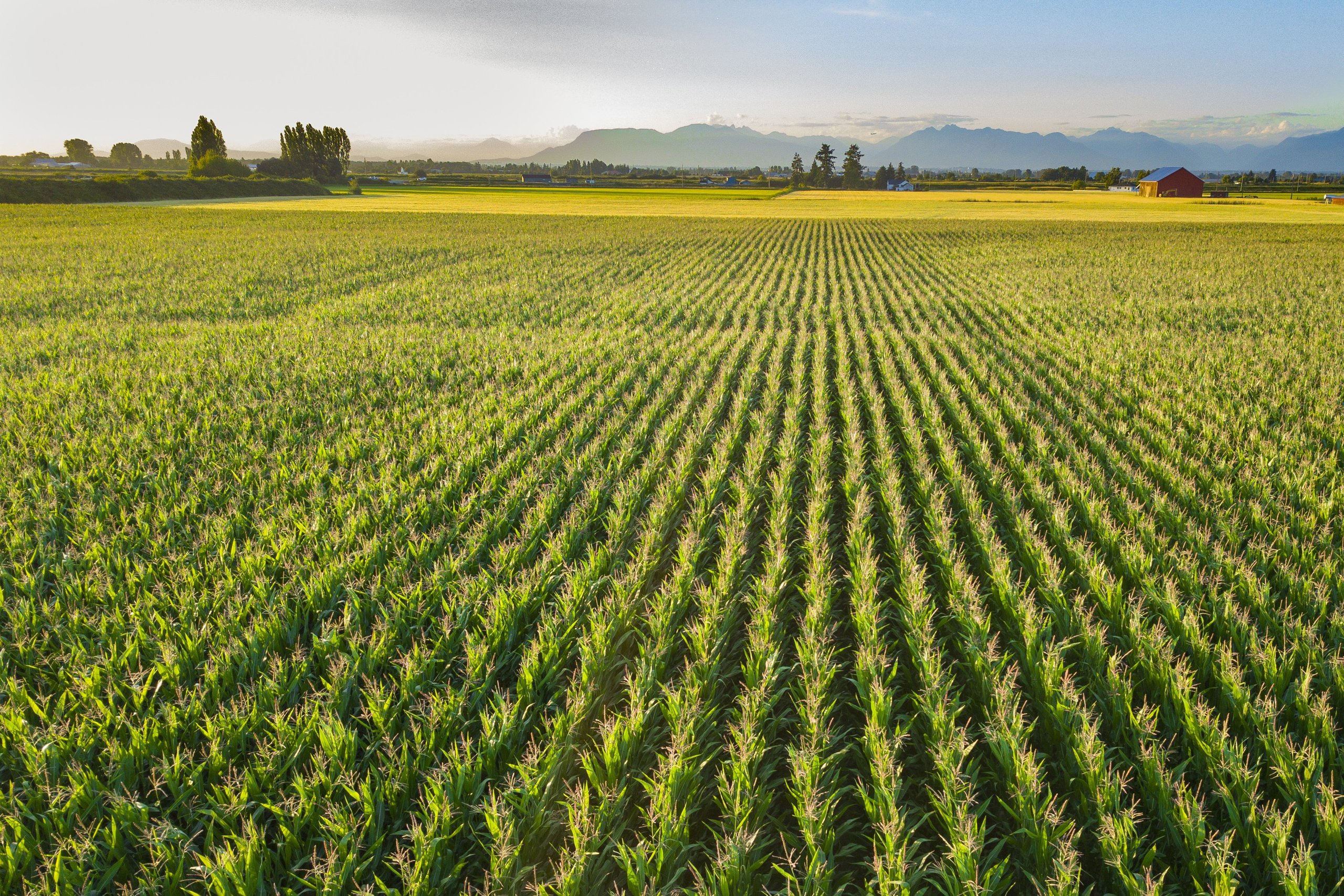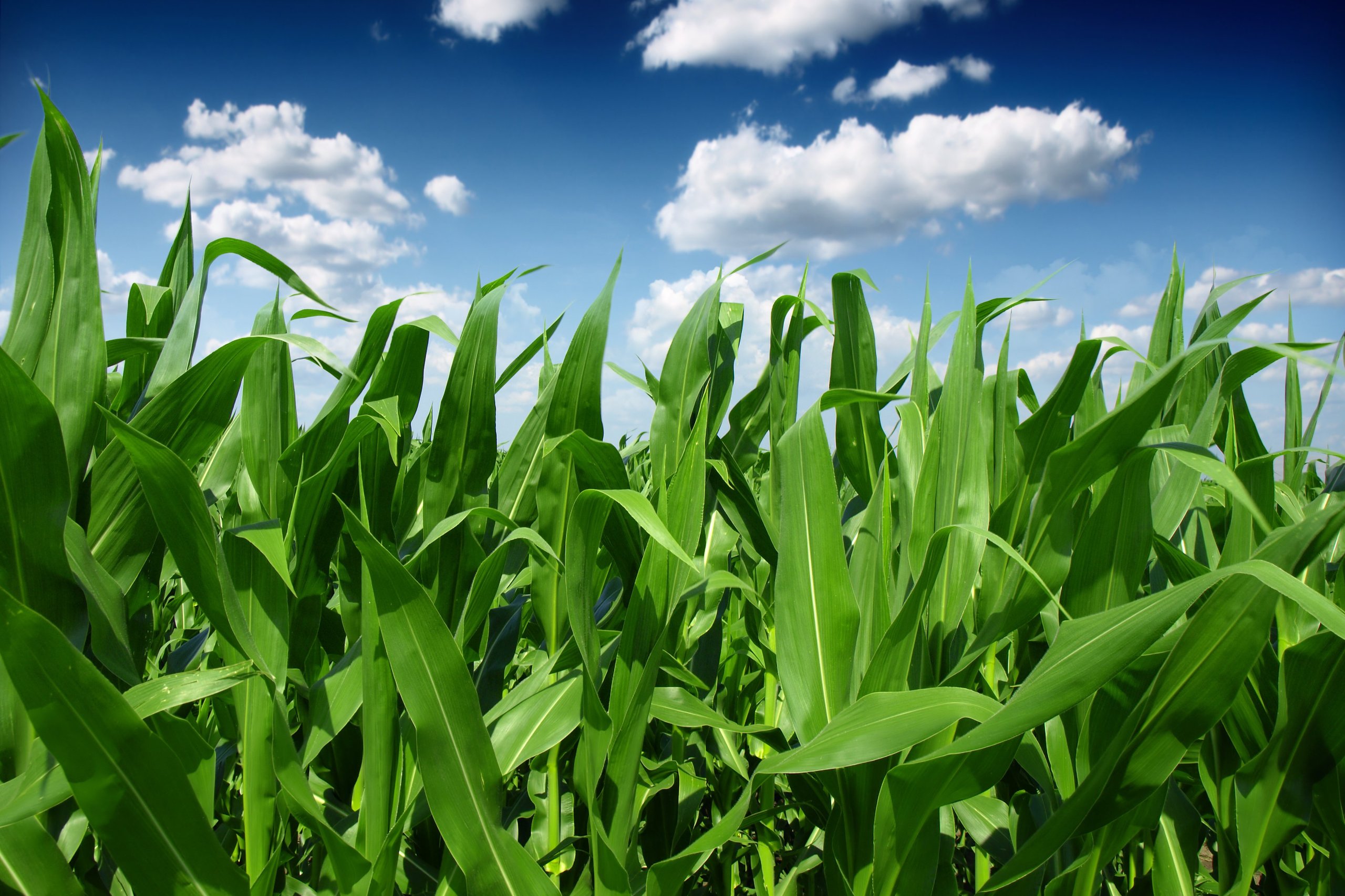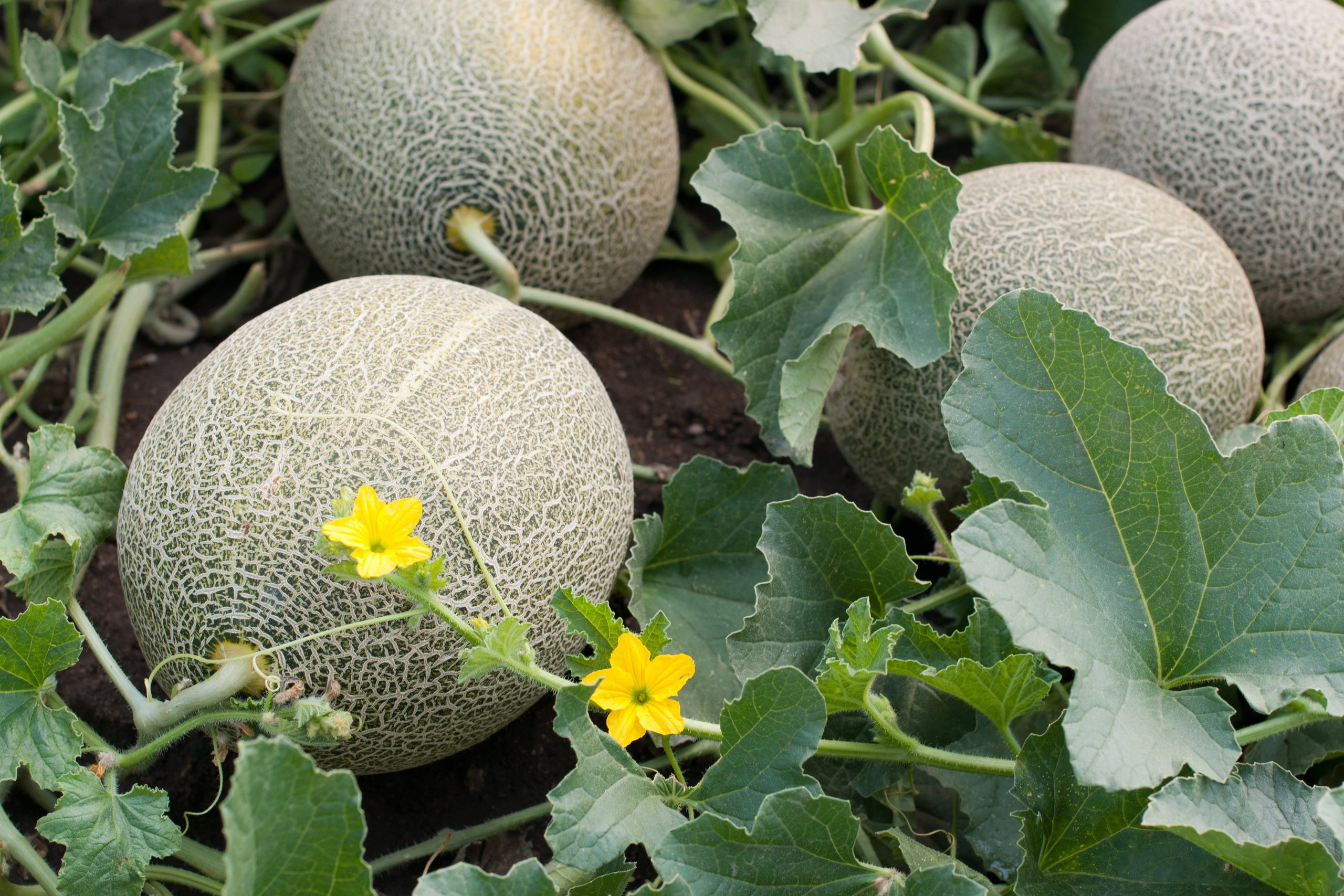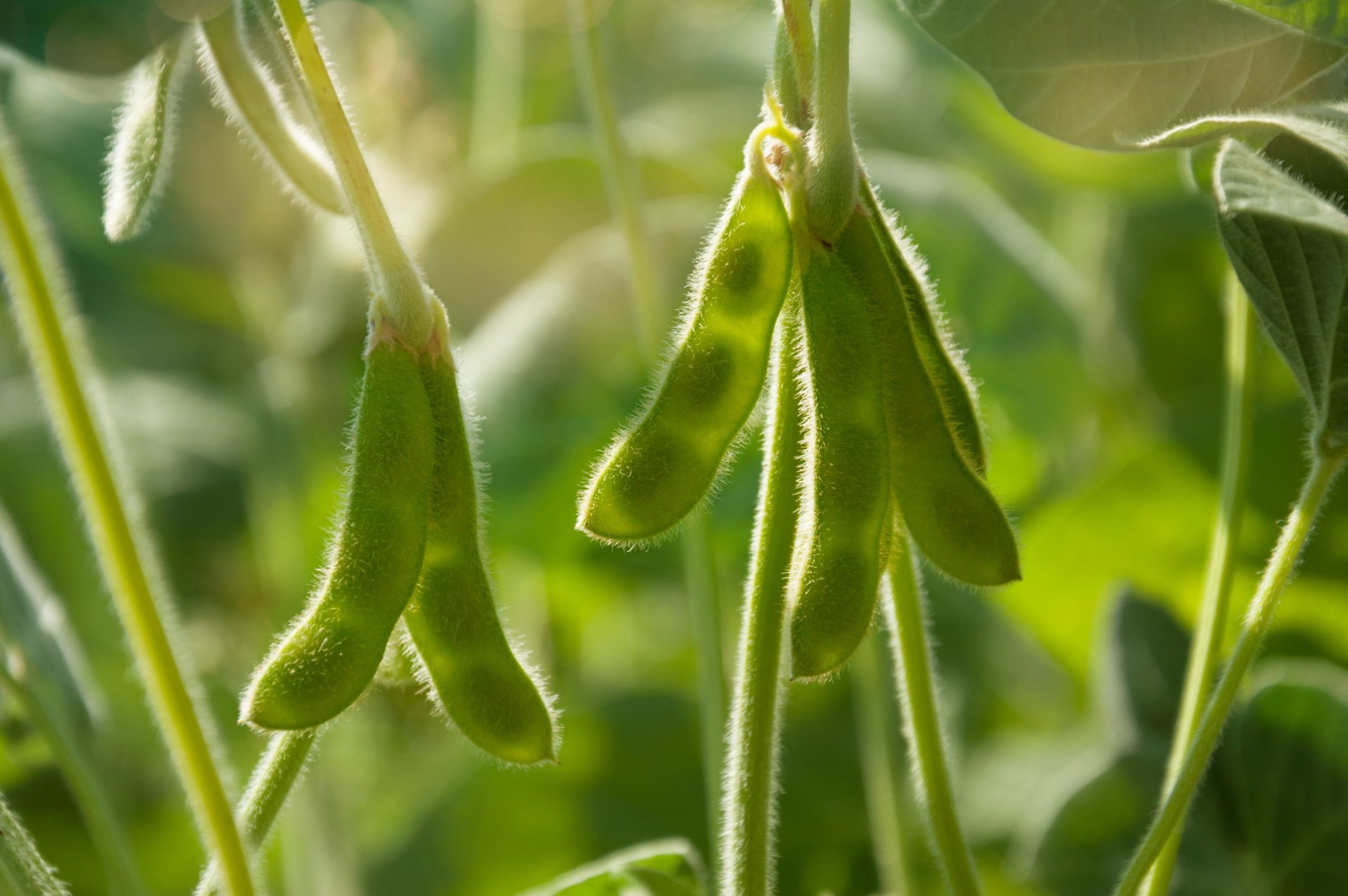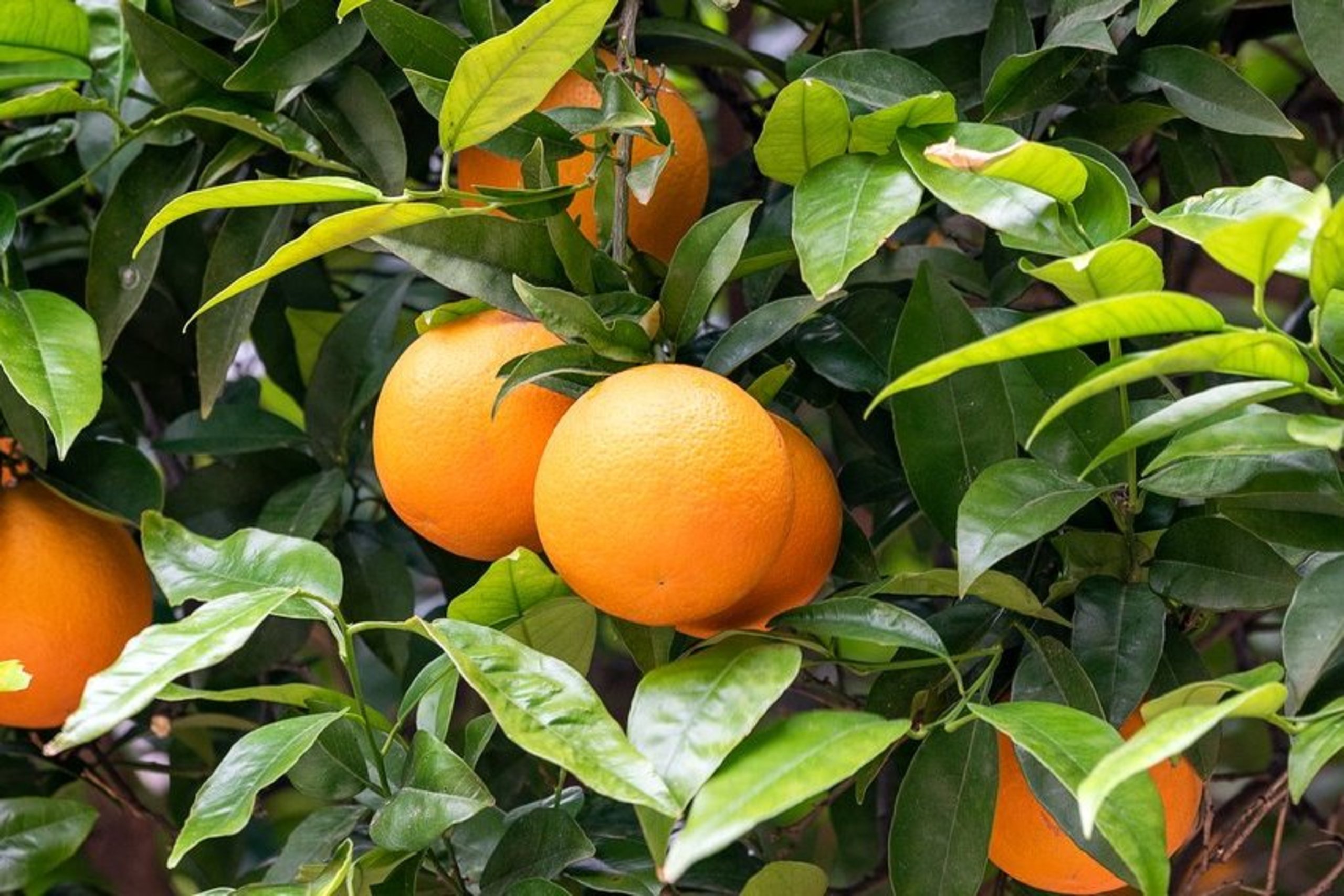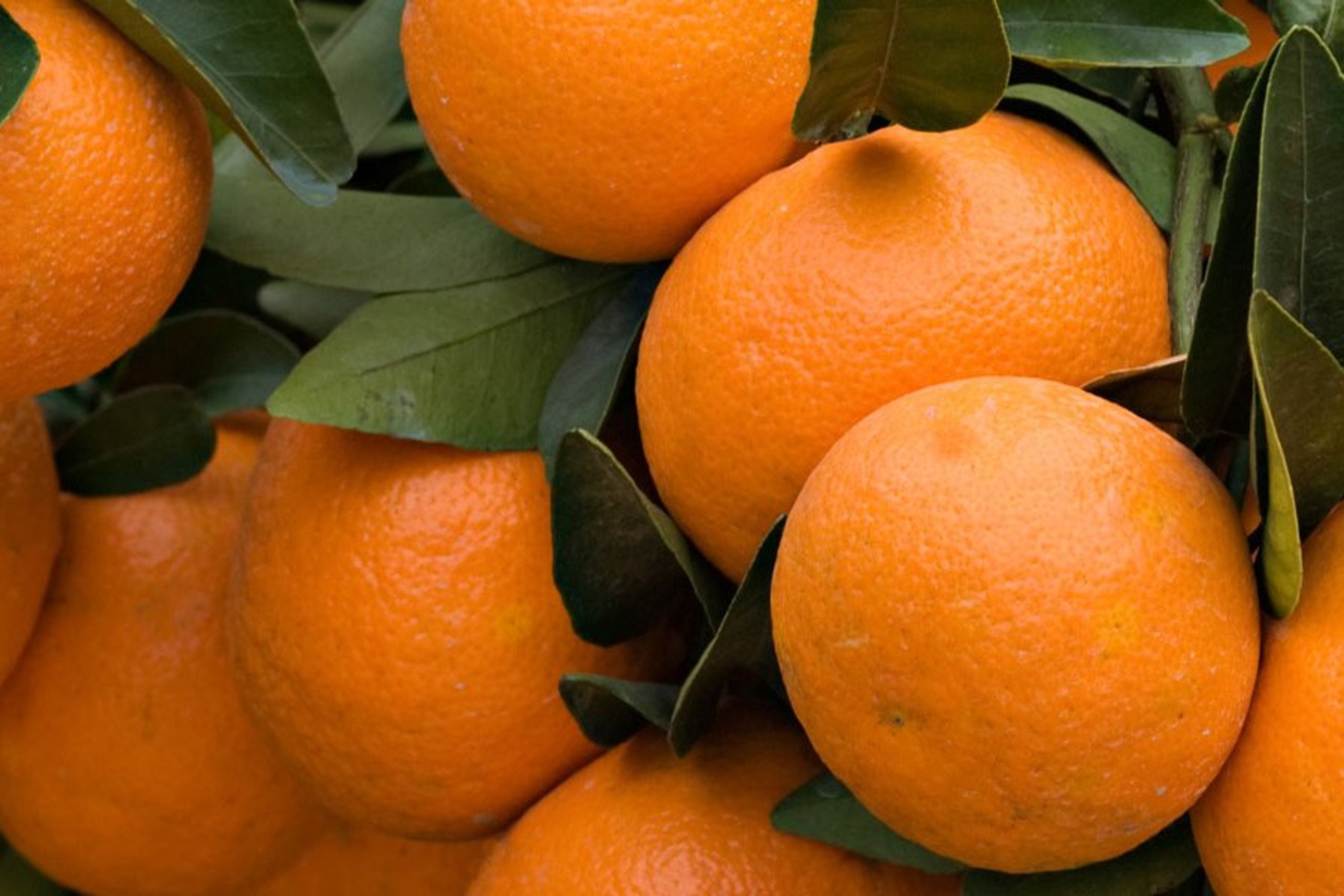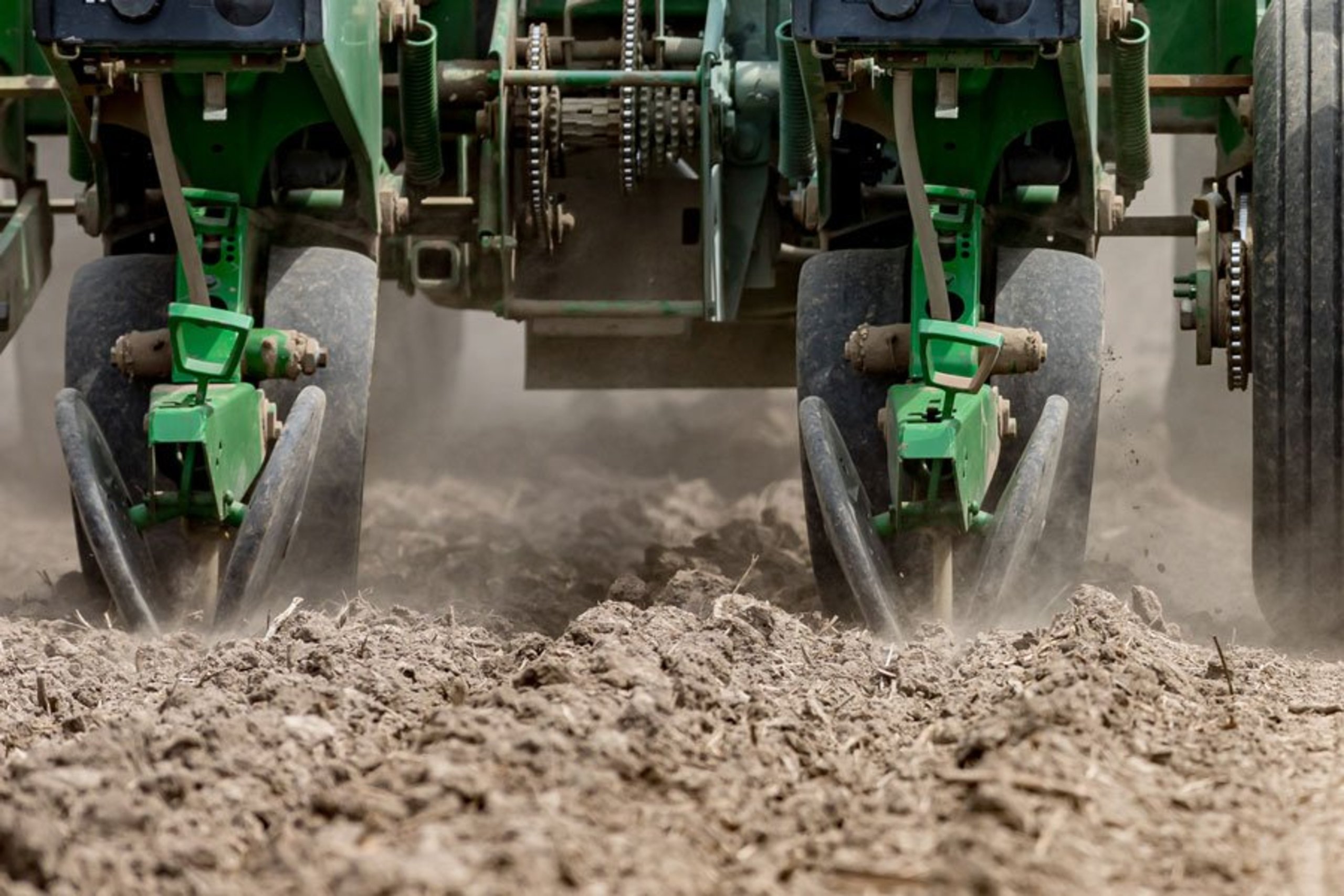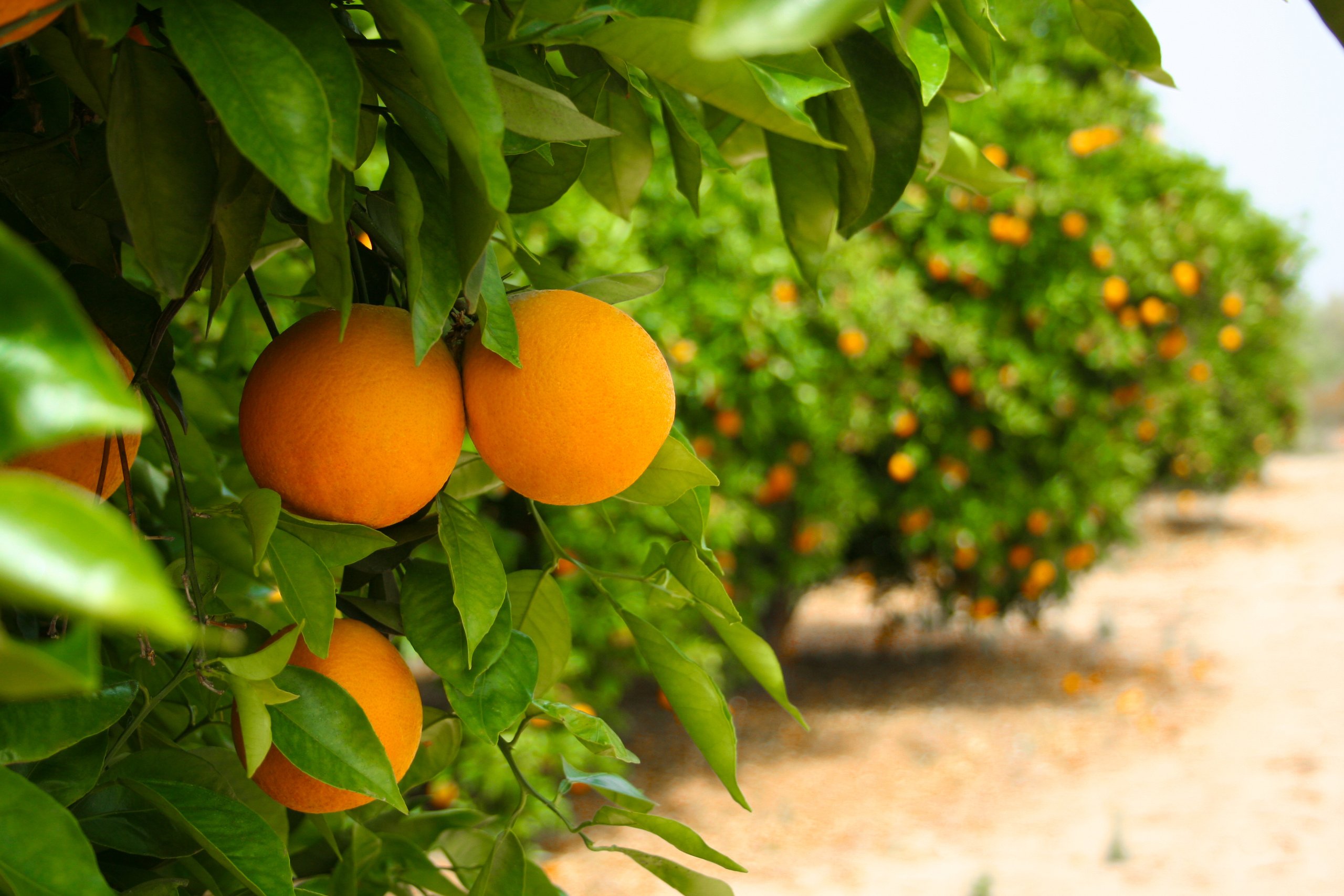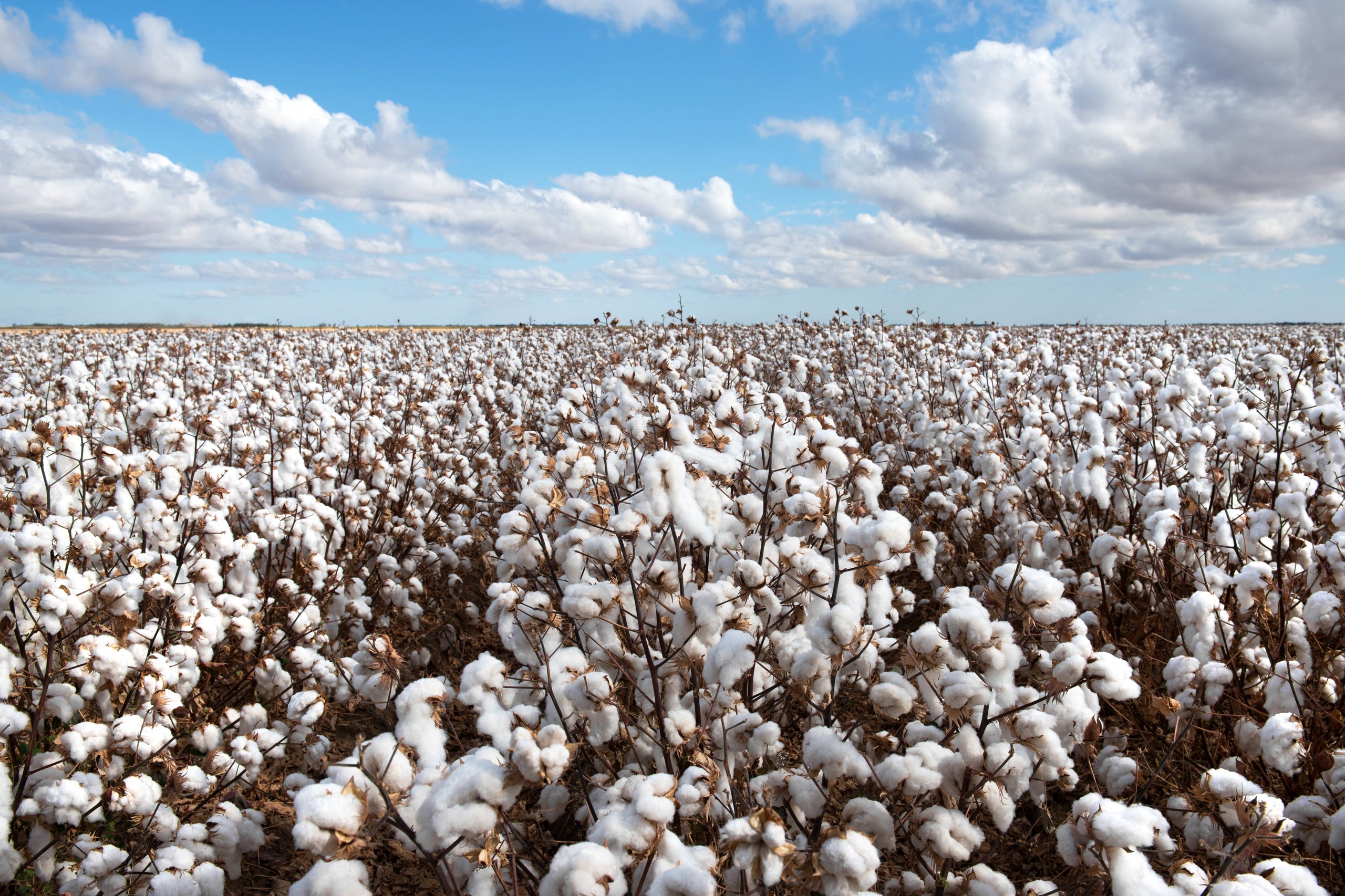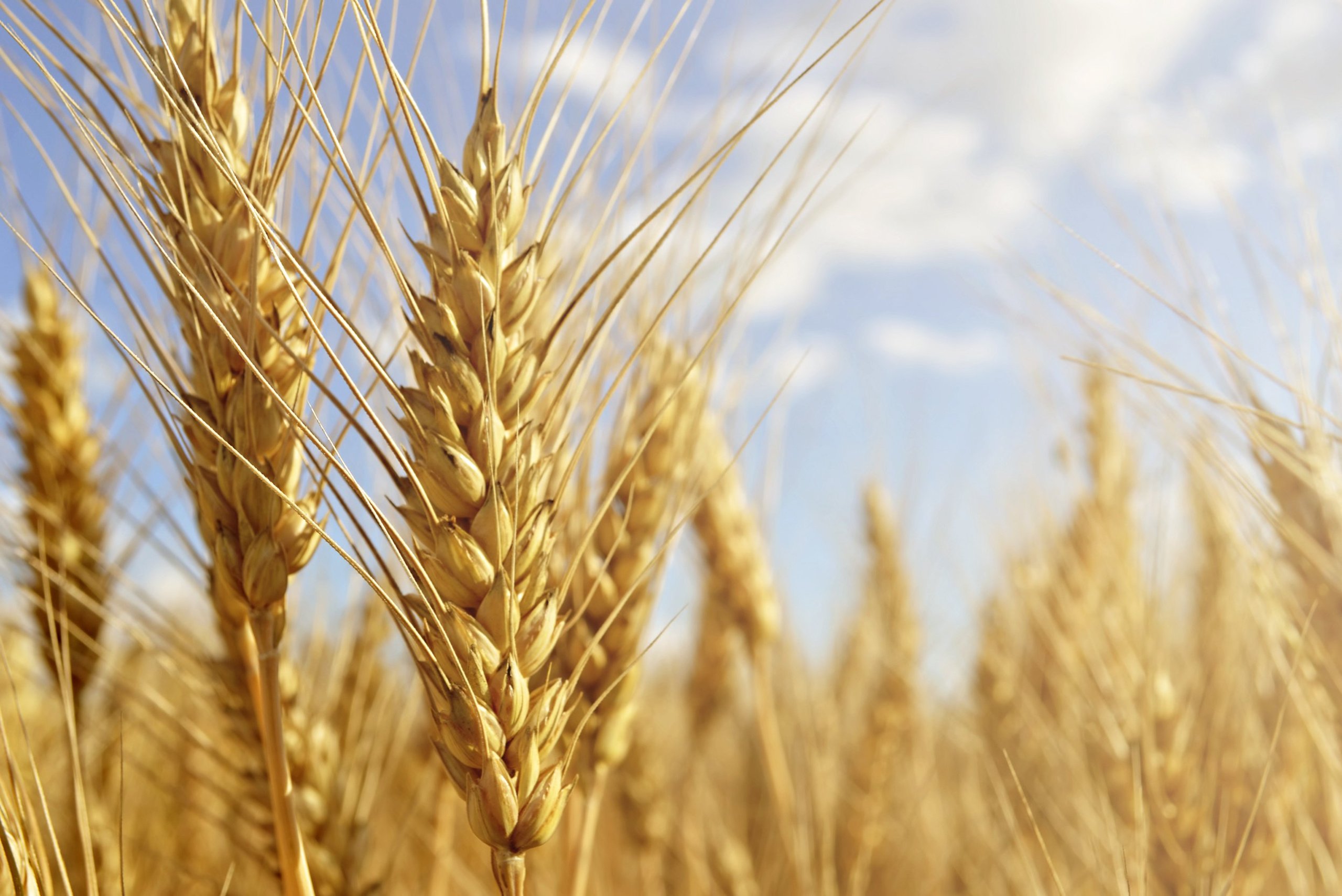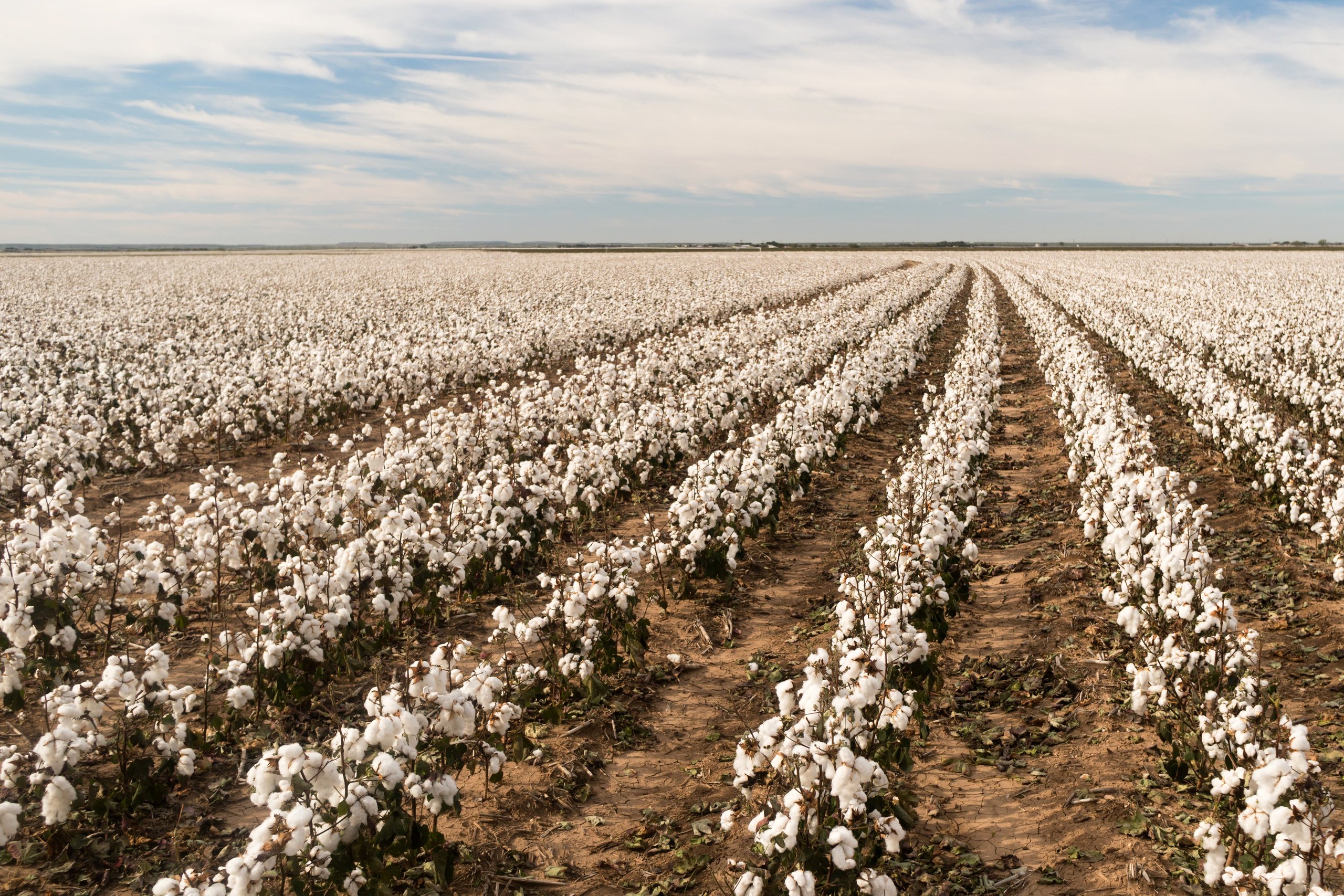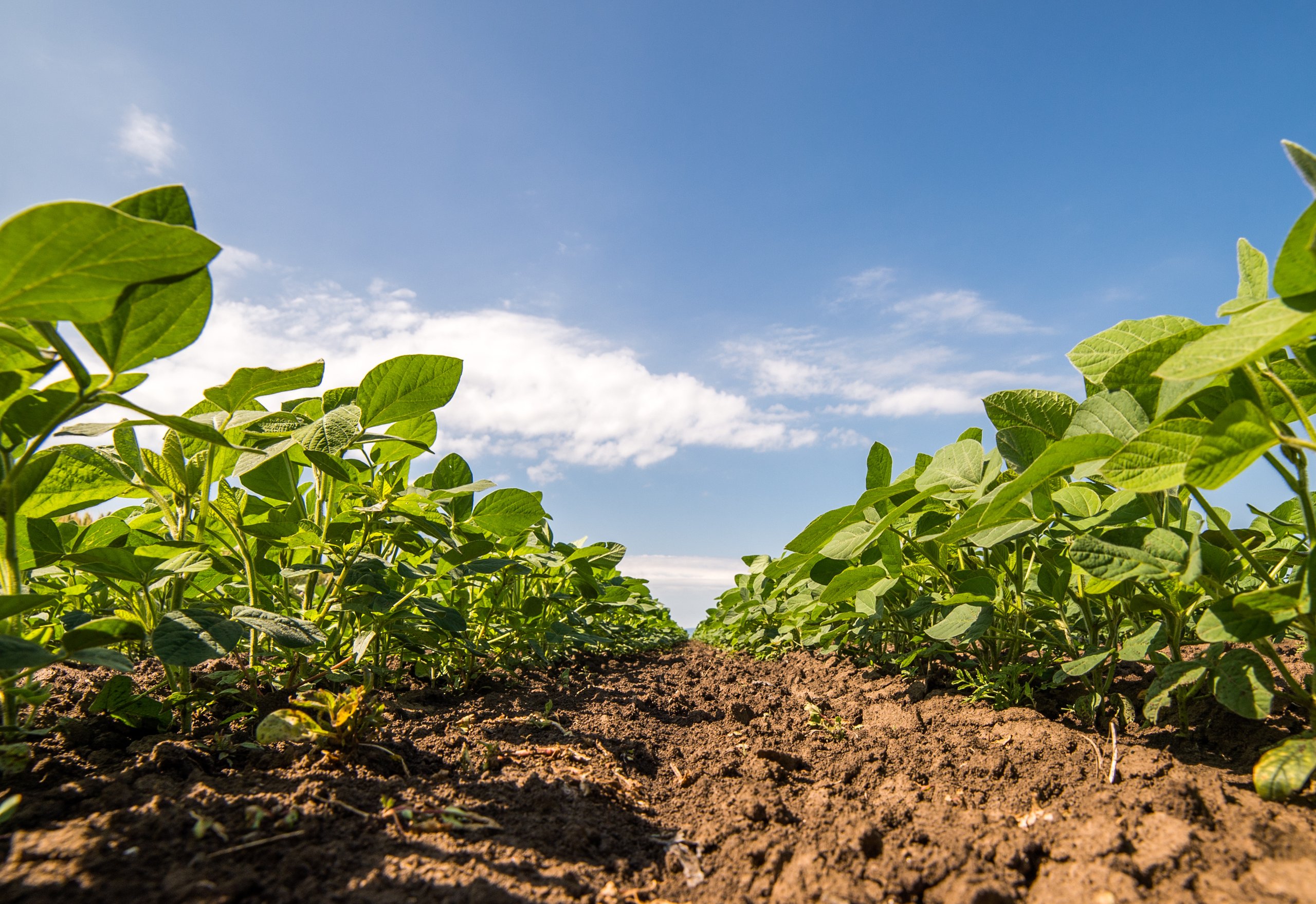Reviton® Herbicide: Bring Down the Hammer on Preplant Burndown
Reviton® is a PPO burndown herbicide that quickly controls tough broadleaves and grasses resulting in a clean start for maximum yield potential.
Brock Waggoner, Midwest Sales Agronomist with HELM Agro US, answers frequently asked questions about Reviton and its many performance benefits.
What is Reviton?

Midwest Sales Agronomist
Reviton is a herbicide that brings a unique technology offering. Reviton's active ingredient is a group 14 (PPO) class of chemistry, and is labeled for spring and fall burndown, fallow burndown and cotton desiccation and defoliation. Reviton can be applied through ground or aerial application.
Proven to control or suppress more than 50 broadleaves and grasses, key characteristics of Reviton include a low use rate, broad tank-mix compatibility, crop rotation flexibility and expanded use for desiccation and defoliation and cotton.
What crops can Reviton be used on?
Reviton is currently registered for use as a burndown in corn (field), cotton (defoliation and dessication), soybeans, and wheat.
What is the mode of action in Reviton?
Reviton’s active ingredient is Tergeo®, a PPO-inhibitor herbicide with a WSSA Group 14 classification. As a new pyrimidinedione herbicide, Tergeo shuts down chlorophyll production and photosynthesis, resulting in a rapid buildup of reactive oxygen species and lipid peroxidation of the cellular membrane. This herbicidal activity requires actively growing weeds and is further aided by plenty of sunlight after application.
How should Reviton be applied?
Reviton’s primary application timing is at preplant or preemergence for burndown of emerged weeds. Reviton is approved for both ground and aerial applications. To achieve high levels of efficacy in ground applications, a minimum spray volume of 10 gallons per acre (GPA) and nozzles that deliver medium to course droplets are required. For dense weed populations, an increase in spray volumes to between 15 and 20 GPA is recommended for better results. In the air, the minimum spray volume should be three or more gallons of final spray solution per acre. Aerial applications for desiccation or targeting dense weed populations and/or larger weeds, use a minimum of five gallons of final spray solution per acre.



How does Reviton perform on resistant weed species?
In more than 1,400 North American trials, Reviton has consistently demonstrated high performance ratings in burndown of many tough-to-manage and resistant broadleaf and grass weeds.
Powered by a powerful active ingredient, Reviton allows growers to take the selection pressure off auxin herbicides like 2,4-D and dicamba for burndown, while strengthening their existing integrated weed control systems for sustainable resistance management.


How safe is Reviton on label designated crops?
In field trials, the active ingredient in Reviton shows no signs of crop injury or phytotoxicity when used according to label guidelines. Reviton should not be used as a soil residual herbicide because its effectiveness comes when coming in contact with green plant tissue.
It also provides flexibility in plant-back options across a variety of crops:
- Corn and wheat have immediate, 0-day plant back interval
- Soybeans have a 0-7 day plant back interval, depending on soil type and rate.
- Cotton has a 7-14-day plant back interval depending on rate.
How quickly does Reviton work?
Reviton is fast-acting and observable effects occurring within 24-72 hours of application when weeds are actively growing. Plants rapidly absorb its active ingredient; within a few hours, and in subsequent days, necrotic tissue occurs, followed by weed death.
What weeds does Reviton control?
Reviton will control or suppress more than 50 broadleaf and grass weeds, including:
| Barnyardgrass Chickweed spp. Crabgrass Dandelion Foxtail species | Johnsongrass (seedling) Lambsquarters Prickly sida Ragweed species Shepherd’s purse | Velvetleaf Volunteer corn Waterhemp Wild oats |
Does Reviton need to be used with an adjuvant?
Whenever applying Reviton the addition of an adjuvant applied at label-approved rates is needed. MSO-based adjuvants are the preferred adjuvant type to bring out the best results. Reviton has been tested with many of the top retailer's MSO adjuvants since it was introduced to the U.S. in 2021. Each has shown excellent results when used according to label guideline. Contact your trusted retailer for their recommended MSO. Reviton should be used with a high-quality MSO equal to 1% v/v (1 gallon/100 gallons spray volume) of the final spray volume or the recommended usage rate on the MSO product label.
Although the label allows for use of crop oil concentrate (COC) or non-ionic surfactants (NIS), COC and NIS are not the preferred adjuvants for use with Reviton as a reduction in performance when compared to the recommended MSO based adjuvants.
For specific instructions on adjuvant use, mixtures and spray volume, always reference the Reviton label.
What is the formulation and application rate of Reviton?
Reviton is formulated as a suspension concentrate (SC) containing 2.83 pounds of active ingredient per gallon of formulated product.
Application rates range from one to three fluid ounces per acre with a maximum usage of six fluid ounces per year. Reviton is able to control many weeds when used alone but the most consistent weed control is when used in combination with other complimentary systemic or broad-spectrum herbicides. Reviton is recommended to be applied with a minimum of one fluid ounce per acre with the labeled rate of glyphosate or glufosinate.
Aerial application has a minimum spray volume of three or more gallons of Reviton. Adequate spray coverage is essential for optimal weed control. When applying to dense weed populations, use a minimum of five gallons of final spray solution per acre.
As a powerful tool in early-season weed management solution, Reviton has broad compatibility when applied with soil residual herbicides like atrazine, metribuzin, acetochlor, metolachlor, and sulfentrazone-based products for adding residual control. Reviton also when applied with other group 14/PPO herbicides it does not increase labeled plant-back intervals allowing for maximum flexibility.
To learn more about Reviton, go to us.helmcrop.com/reviton.
Always read and follow label directions. Reviton® is a registered trademark of HELM Agro US, Inc. HELM® is a registered trademark of HELM AG. Not all products are registered for sale or use in all states. ©2023 HELM Agro US, Inc. Warrant® is registered trademark of Bayer Group. Valor is a registered trademark of Valent U.S.A. LLC.


